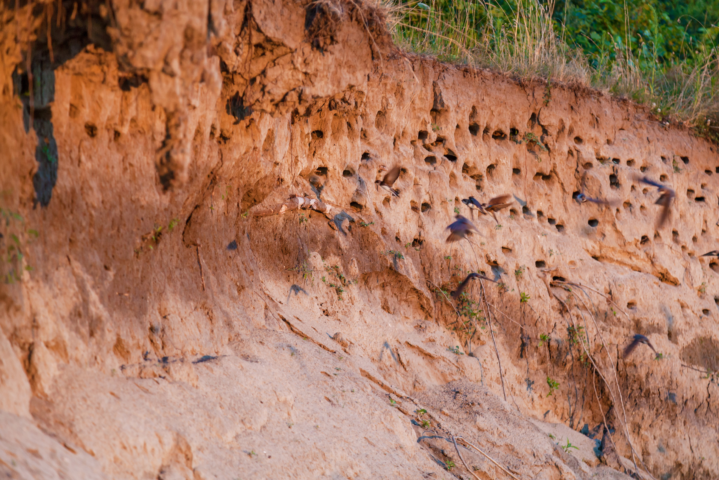Conservation groups, Indigenous leaders pressuring government to move on duty to protect endangered species
Regulations under N.B.’s Species at Risk Act are as rare as some of the endangered birds, plants, insects and animals the legislation is designed to protect.
But there’s been a recent sighting.
The Department of Natural Resources has posted draft regulations listing the transverse lady beetle and the bank swallow. These are the first updates since the legislation came into effect in 2013.
The department also removed the listing for the annual salt marsh aster (known as the Bathurst Aster) because the scientific consensus is that it is no longer considered at risk, and, made it illegal to kill, harm, harass, possess, and trade individual cobblestone tiger beetles.
The regulation changes were recommended by the scientists who are members of the Minister’s Committee on the Status of Species at Risk, appointed in 2020.
The independent committee of experts assesses the biological status of species that are in trouble and then makes recommendations to the Minister of Natural Resources. After that, the Minister is supposed to ensure that recovery plans are developed and steps taken to conserve species habitat.
The bank is the smallest of all North American swallow species — weighing as little as two nickels in the palm of your hand — and they live in nests burrowed into river and lake banks and sometimes, gravel pits.
The transverse lady beetle was once plentiful all over New Brunswick and North America but its population has been declining rapidly, especially in the eastern Canadian provinces and northeast American states.
The Conservation Council and other prominent Indigenous and environmental groups have been pressuring the Minister of Natural Resources, Hon. Mike Holland, to uphold his duties under the Species at Risk Act.
You can read our demand letter to Minister Holland here. And see the letter in response from Minister Holland here.

